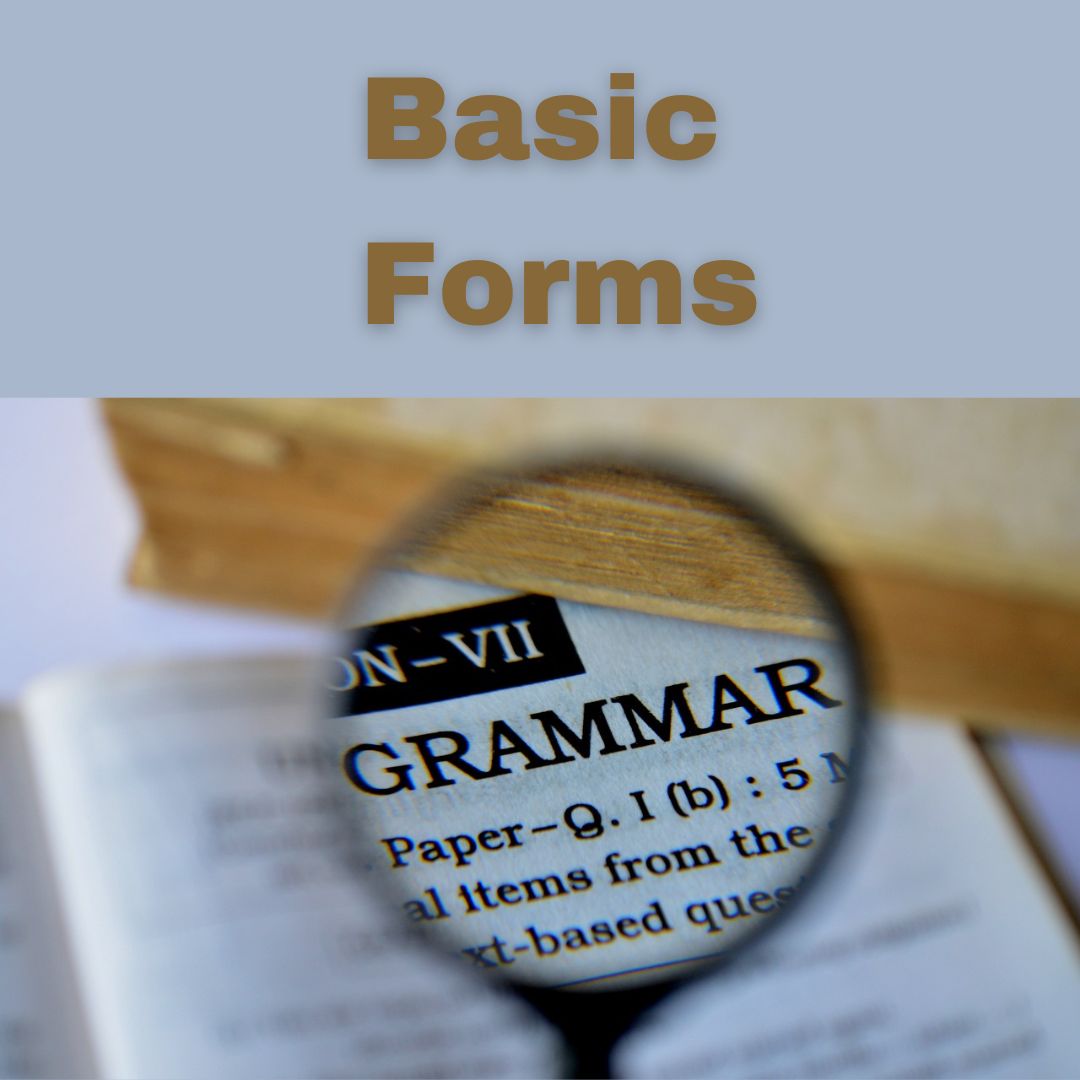The Basic forms of The English verb

Basic forms of verbs:
Base form:
This is the simplest form of a verb, usually the infinitive without the (to) particle.
It is used in a variety of contexts, such as commands, imperatives, infinitive phrases, and more.
Example: Please speak louder (speak is the base form of the verb).
Present participle form:
This form is created by adding -ing to the base form of the verb.
It is commonly used in present continuous tenses and gerund phrases.
Example: I am speaking to my boss (speaking is the present participle form of the verb).
Past participle form:
This form is often created by adding -ed, -en, or –d to the base form of the verb.
It is used in past tense constructions, as well as in perfect tenses.
Example: She has spoken with the director (spoken is the past participle form of the verb).
Third-person singular present tense:
This form is used when the subject is a singular noun or third person pronoun (he, she, it).
It usually takes the base form of the verb and adds -s or -es to the end.
Example: He speaks five languages (speaks is the third person singular present tense form of the verb).
Infinitive form:
This form includes the particle “to” before the base form of the verb. It is often used after auxiliary verbs, modal verbs, and other verbs.
Example: I want to go to the movies. (To go is the infinitive form of the verb.)
The Basic forms of The English verb
The Infinitive-Non-Finite form of the Verb